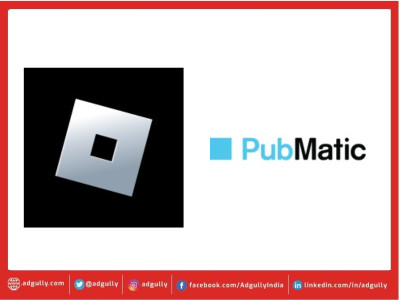CTV Publishers Benefit from Separated Demand and Tech Platforms
Authored by Vijay Kunduri, RVP OTT/CTV at PubMatic
Recently, publishers have been presented with a host of new technology partnership options that are shifting the dynamics between programmatic technology and sources of demand. In CTV, vendors are forcing preferential inventory access and proprietary technology just for them to access demand, a scenario that is all too familiar to CTV publishers with programmatic video and display inventory. CTV publishers are also experiencing déjà vu with issues that compare to competing display wrappers and demand partners moving down the funnel to be closer to suppliers. Now more than ever, publishers need to ensure that they don’t back themselves into a corner with CTV.
To get the best price and highest amount of fair competition for their inventory, CTV publishers should select ad tech platforms and demand partners through separate processes. The best tech platform for a publisher may be from a vendor that also provides demand or maybe from a vendor that provides technology only. However, publishers need a consistent, objective framework to make choices that will benefit their short-term revenue goals along with long-term growth and independence. As an industry, the pressures being put on publishers to bundle tech and demand partnerships signal that it is a good time to create new transparency and fairness standards for CTV.
Beware of First Looks
Both auction theory and years of empirical evidence tell us that publishers achieve the best yields when multiple bidders compete simultaneously in a transparent and fair unified auction – even for PMP deals. One aspect of the waterfall that is often overlooked is that they are highly beneficial to the demand partner at the top of the waterfall, which reduces competition for the publisher. The partner that has the first look at inventory sees all the inventory but is not subject to price competition. The same holds true for PMP and other deals where buyers are competing on price – if one partner has preferred access, the publisher isn’t getting the highest price across demand sources.
Demand partners that have that privileged top of the waterfall position – or get first preferred access to deals – are often tempted to discourage publishers from moving to a unified auction because they know the extra competition will hurt their fill rates even as the publisher benefits from that additional bid density on every impression. One method that self-interested demand partners can use to thwart a move to unified auctions is to refuse to bid into them or insist they can only be called from tech platforms they provide which may still give them a first look.
Publishers encountering resistance to demand partners running in a unified auction should see this resistance as a red flag that the partner is favoring their own interests rather than working to get the publisher maximum yield.
Beware of the Toll Gate
Another reason that vendors may try to tie part of the ad stack together is to establish a toll gate (aka revenue collection opportunity) on external demand sources. If an ad server vendor effectively forces publishers to source programmatic demand through a programmatic path they control, there is likely to be toll gate now or in the future. Publishers should seek out innovative capabilities that make it easier to connect their parts of the stack to the rest of the ecosystem without any tolls.
With web display, there are multiple options for how to connect demand sources and that means publishers can choose the path that is best for them. We are at a critical point in the evolution of programmatic CTV advertising where we are collectively deciding whether the future will be one where publishers can freely choose the technology platforms and demand that suit them best or whether those choices will be tied to together in ways that create sub-optimal outcomes for the entire ecosystem. If those choices exist, then vendors that offer the best value and efficiency will be winners. If those choices are curtailed, then the vendors with the largest legacy footprints will be the winners. The pie will be much larger if value and efficiency are rewarded.
CTV Needs a Code of Conduct
As header bidding took off for display ads on the web, many ecosystem participants were concerned about unfair auctions and vendors controlling the wrapper favoring their own demand. The success of Prebid.js and the principles of Prebid.org addressed this issue. Prebid.org promoted fairness and transparency through its Code of Conduct which required all member companies to abide by a set of rules that ensured fair auctions.
By setting standards that ensured fair and transparent auctions, Prebid provided publishers the option to choose their tech stack separately from their demand partners which meant publishers could find the combination that maximized their yield and best served their needs.
Unfortunately, CTV unified auctions are not heading in the same direction. Too many vendors are trying to leverage their demand for preferential access or trying to use control of one part of the ad stack to restrict publisher choice in other components. In order for programmatic CTV to become a fair and transparent marketplace, we need the principles that Prebid.org championed on the web to become industry standard for CTV, such as having a fair wrapper and to design for interoperability.
Demand partners should be willing to bid into unified auctions where the operator has agreed to fair and transparent auctions. Vendors throughout the stack should be willing to interoperate with publisher's choice of components and not restrict publishers to using their full stack. These changes won’t happen unless publishers insist their vendors adhere to principles of fairness, transparency and interoperability.
DISCLAIMER: The views expressed are solely of the author and Adgully.com does not necessarily subscribe to it.
















Share
Facebook
YouTube
Tweet
Twitter
LinkedIn